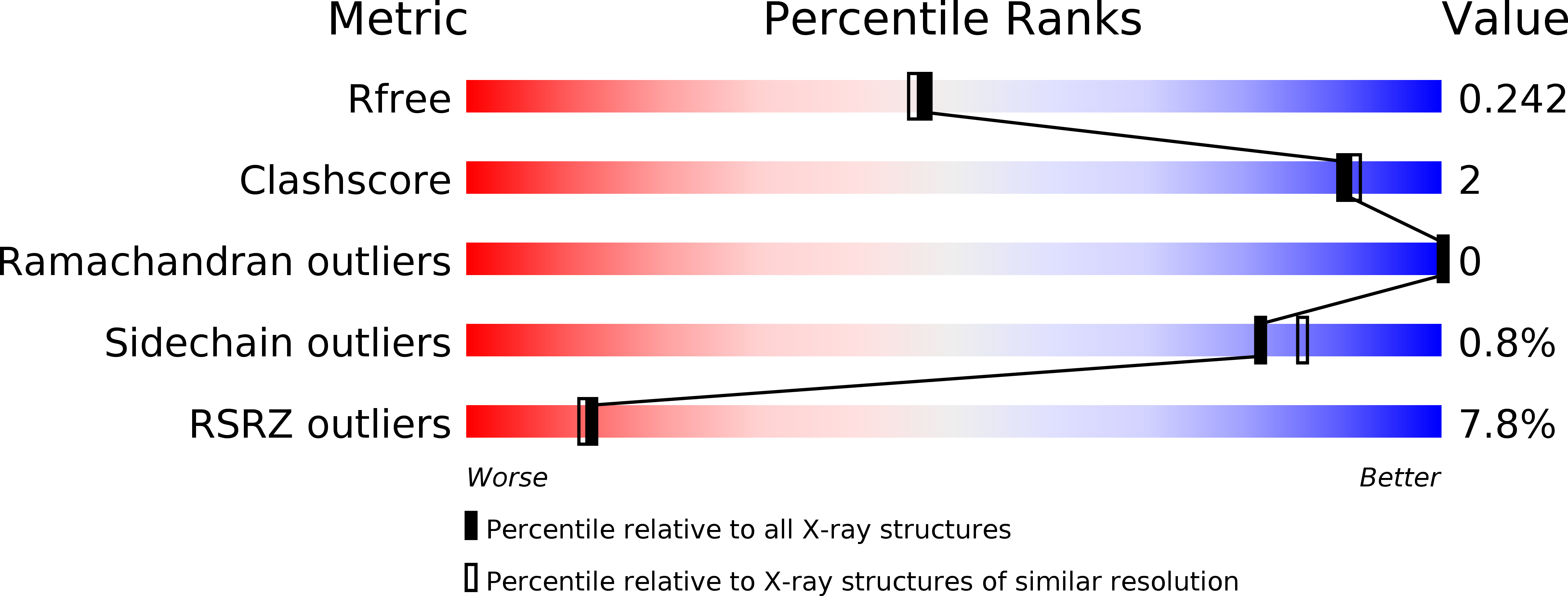
Deposition Date
2014-10-11
Release Date
2015-09-16
Last Version Date
2023-11-08
Entry Detail
PDB ID:
4WNE
Keywords:
Title:
Crystal structure of the TPR domain of LGN in complex with Frmpd4/Preso1 at 2.0 Angstrom resolution
Biological Source:
Source Organism:
Homo sapiens (Taxon ID: 9606)
Host Organism:
Method Details:
Experimental Method:
Resolution:
2.00 Å
R-Value Free:
0.23
R-Value Work:
0.21
R-Value Observed:
0.21
Space Group:
P 61 2 2


